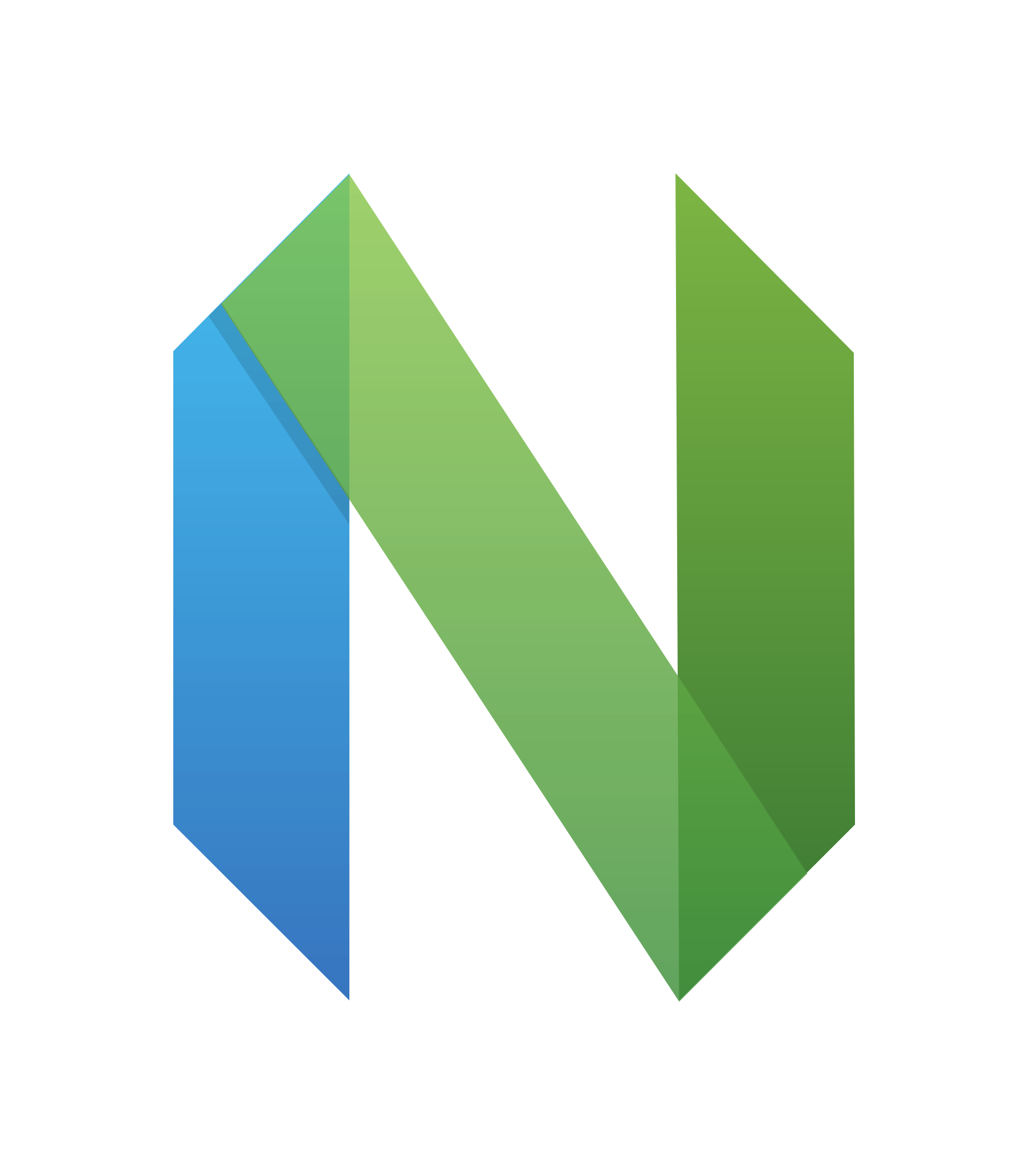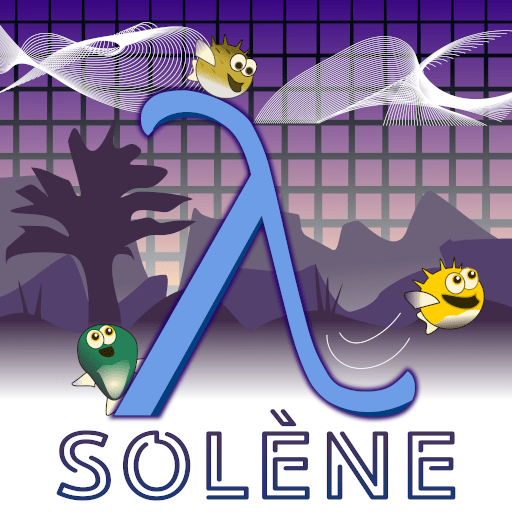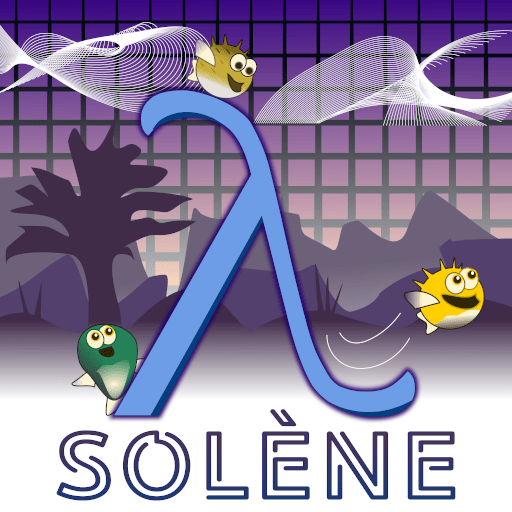- 8 Posts
- 144 Comments
This looks kinda cool. Thank you for tagging/pinging me! I’ll take a look and perhaps bother you (or others) at a later moment with questions 😅.

 2·9 months ago
2·9 months agoMakes a lot of sense.
Thank you so much for chiming in and sharing your knowledge and experiences! Much appreciated!

 2·9 months ago
2·9 months agoThanks a lot for sharing your insights and experiences on this! Kickstart.nvim has surely caught my interest and I would like to play with it to see how much I can make it resemble LunarVim and the others in functionality and if there’s anything worthwhile that remains to be missing. If not, then perhaps I’ll be relying on Kickstart.nvim instead. Once again; thank you!

 2·9 months ago
2·9 months agoEmacs I’m not so sure. If you’ve checked the news anytime for Doom Emacs, you can see the maintainer mentioning how it’s become progressively difficult to maintain the project. I’d imagine it’s a similar story for plugins and other derivatives. People have attempted remaking Emacs from scratch, but there was not enough momentum for it, so that went under.
This is news to me. Thank you so much for mentioning this! I’ll have to look into this.
Have you had a look at the design philosophy behind Kakoune?
I actually hadn’t yet, but I did just now. And I’d have to say that I liked what I read. There’s for sure a lot out there that’s worthy of being explored and I’ve become confident that Kakoune deserves to be further explored as well. Thank you for informing me on that!
I also recommend reading this article here that goes more in-depth on this point and has a comparison of vim, helix and kakoune.
I haven’t read the article yet. But I’m pretty sure it’s going to be another excellent read. Please feel free to share more from where these are coming from 😊! Thank you!

 1·9 months ago
1·9 months agoThese changes are undocumented and must be discovered and explored organically, while the default behavior is well documented.
This, indeed, is concerning. Thank you for mentioning this!
Kickstart.nvim ads only a few packages that are very popular and provides a base upon which you can customize as needed.
Hmm…, allow me to ask the following: How much effort would it take to get Kickstart.nvim from scratch to where any of the opinionated distros are in terms of functionality?

 1·9 months ago
1·9 months agoEWW (short for Emacs Web Wowser) is very basic, only really working with the HTML and not so much the css, and definitely not JavaScript. Don’t expect anything fancier than a blog post to work :P
That’s kinda cool as it decreases the attack vector very significantly. I’ve still got a lot of questions regarding the security implications, but I’m sure I’m not the first one that’s looking for a ‘hardened’ Emacs experience if there’s anything to worry about in the first place.

 2·9 months ago
2·9 months agoI’ve indeed been pleasantly surprised by Helix since I’ve started these posts. I’m also more optimistic than initially regarding its future prospects. I’ll look into it and perhaps I’ll have some use for it. Thank you!

 1·9 months ago
1·9 months agoI like Spacevim a lot
Have you tried any of the ones mentioned in the OP? If so, would you be so kind to elaborate upon why you prefer SpaceVim over the others?
(inspired by SpacEmacs)
Interesting. Would you be so kind to elaborate on what this entails?
you can use neovim as the underlying vim package as well. Then update init.toml with whatever layers/plugins you want
That seems kinda hella streamlined and straightforward, which is honestly pretty cool. Is this different from how it works on any of the ‘(Neo)Vim distros’ and/or by default?

 1·9 months ago
1·9 months agoI honestly believe that Helix will eclipse NeoVim because it’s designed better, the source code is more maintainable, and the philosophy is a bit more balanced and welcoming to users that care more about productivity than customizability. Refactoring Vim’s spaghetti C code is a massive task, and C as a language drags it down. Where the NeoVim ecosystem is currently fractured among many Lua “distributions,” Helix just builds on itself in one source tree. I think starting with a solid core before supporting plugins will be good for the future of Helix.
Perhaps I should have done a better job at formulating the question. Btw, this writing is cool. Thank you for that. I also believe it contains some excellent pointers regarding topics I should read into. However, my question was more related to the following: As you know; it doesn’t matter whichever IDE I’m using, there’s definitely a plugin (or perhaps even built-in functionality) that allows me to utilize my Vi(m)-acquired skills to improve my productivity on any given IDE. Do you think that Helix’ keybindings (I believe they’re at least to some degree inspired by Kakoune) will be similarly found either built-in or as a plugin on whichever random IDE you might come across?
Once Helix has plugins, it might be possible to get something closer to true Vim emulation.
This is the answer I was seeking. Makes sense.
Yea I think Helix is here to stay, and it will continue stealing market share from other terminal editors. It probably won’t convert anyone that’s already invested years in learning and configuring (Neo)Vim, but for newcomers looking for a powerful option with sane defaults, Helix is far easier to get started with.
Perhaps I should have done (yet again) a better job at explaining what I meant. As you know; it doesn’t matter if I’m on some random Linux distro or on macOS, I’m sure that Vi(m) is installed by default and I can rely on it. Same applies to some random remote device I’m accessing; if anything, I can expect that my Vi(m)-acquired skills will be of good use. Do you think that Helix or some of the functionality it offers (from its keybindings to anything (really)) will somehow be beneficial to me in some remote accessed device or any other similar setting?
Of course, all of these questions stem from the fact that -if possible- I want usage of my IDE to be beneficial to how I engage with my text editor and vice versa. Otherwise, these questions don’t make any sense at all. Perhaps, I should instead reconsider if this is important in the first place. Currently, I’m at least naive enough to believe that it’s worth pursuing. But feel free to convince me otherwise 😉!
For completeness’ sake, Helix has definitely peaked my interest. I will look into it and see how I might benefit from it (if at all). Thank you.

 1·9 months ago
1·9 months agoI’ve tried so many (Sublime, Atom, PyCharm, Jetbrains stuff, Eclipse ((ew)), Visual Studio code, and neovim)
Hehe, that’s for sure a long list 😜. I’m very curious to learn how your experiences with Neovim went in particular and what ultimately led you to prefer Doom Emacs over it.
I feel like with Doom i’ve concluded my search for the “best” text editor and settled for a highly extensible but also highly intuitive text editor that works right out of the box and can work flawlessly for projects in a lot of the popular languages (I’ve personally used Rust, Haskell, Python and markdown and HTML editing with it). Something I can use forever without succumbing to the enshittification that inevitably lies for most proprietary solutions (end of open source dogma rant)
Honestly, I think you’ve done a great job at vocalizing my ambitions related to Emacs. From, what I’ve seen so far, I can’t envision any other editor that has as much potential to become my ‘endgame’. Though, I’d have to admit that Neovim’s advancements seem very promising. And I can definitely envision some use for it alongside Emacs.
Also, pro tip is, when you’re in a project and want to search for a keyword in one of the files in your project, type <space> then slash (/). Super useful and it’s really fast. Welcome to Doom 😊
Hehe, thanks for the tip! And thank you for welcoming me to Doom 😊!

 1·9 months ago
1·9 months agoI’ll add that there’s some preconfigured plugins for most popular languages in Doom (complete with LSP) that makes it a breeze to go from install to feeling like home. You just have to uncomment them in the config file and reload emacs.
That’s actually really cool! Thank you for that tip!

 1·9 months ago
1·9 months agoIt seems to offer a leaner approach. If you’ve used any of the ones mentioned in the OP, would you consider offering a more elaborate comparison between them?

 1·9 months ago
1·9 months agoHave you used Spacemacs as well? If so, would you mind offering some more insight regarding either one of them and specifically whatever made you like Doom Emacs?

 1·9 months ago
1·9 months agoAnd it’s written in Rust so I feel pretty comfortable working in the codebase.
Rust, indeed, is a big plus.
It has shortcomings from being young, but they are rapidly disappearing. The philosophy of being mostly “batteries included” is so refreshing compared to the configuration hell of NeoVim.
While its shortcomings might eventually be ironed out. Do you expect it to be as ubiquitous as Vi(m) has become? If not, do you expect Helix to improve its Vim implementation or rather become so popular that it can rival Vi(m) in being ‘ever-present’?

 2·9 months ago
2·9 months ago- the default editor is kinda shit
- but it is really good at editing it’s configuration language: elisp
So people have a need to change their editor, and a good configuration language to do it in. Moreover, emacs secretly comes with a bunch of built-in features, not enabled by default. It also helps that emacs is not terminal-based, allowing users to do stuff in emacs that you aren’t able to do in a normal terminal (like viewing images, or searching for images on the web. Did I already say that emacs has a built-in (primitive) web browser?) and generally means that emacs users “live” in emacs, as they already have access to so many features.
That makes so much sense. Would it be fair to say that Neovim attempted with Lua to bridge that gap and also make it a lot more accessible?
Did I already say that emacs has a built-in (primitive) web browser?
I don’t think you did, but I’m already aware. I even have some concerns regarding its sandbox 😅. Would you happen to know more regarding this?
I wouldn’t quite say that. It is more that you are probably going to need some prerequisite emacs knowledge to make the best use out of spacemacs’ layer system. To figure out how spacemacs works, you first need to have a basic idea of how emacs works. Doom is a bit closer to the metal, so you need to know less in order to properly customize it
That’s some excellent insight! Thank you very much, good human!

 1·9 months ago
1·9 months agoWhat if I’m on Linux? And if my Monospace Text font is already set to MesloLGS NF Regular (in GNOME Tweaks) for what it provides for my zsh config*.

 1·9 months ago
1·9 months agoI’ve been using code editors for over 40 years. I’ve gone back and forth between Emacs and NeoVim/Vim.
Wow, a veteran! Thank you for sharing your insights!
In NeoVim, I’ve used all the mentioned setups and have settled on LazyVim due to it’s starting speed and ease of changing configurations around.
That’s very valuable information! If it isn’t too much trouble, would you mind offering me a short rundown of what you think of each?
LazyVim also requires the latest NeoVim, but it is worth upgrading to it. I use bob to manage my NeoVim versions and mostly I use the nightly version without any hiccups.
Noted.

 31·9 months ago
31·9 months agoThanks for mentioning Helix! I’ve definitely considered Helix. But as ‘its Vim implementation’ messes the structure of its ‘sentences’, it seemed somewhat detrimental with respects to improving my Vi(m)-game. Furthermore, I am not confident that it will continue to thrive 20 years down the line; while both Emacs and Vi(m) have already proven with their respective track records how robust their ecosystems are.
It is missing a few features still (e.g.plugins) but I have been using helix for a while and it is really fun.
Which is another concern 😅. For whatever it’s worth, I believe Lapce to be more promising.

 1·9 months ago
1·9 months agoThank you so much for all the lovely insights you’ve provided! Have a good one ☺️!
Re macros. If you are editing something and you need to repeat a pattern, eg. Remove every third line or whatever, you just get to your start point and press q<a character> in command mode to start recording into macro buffer <character>. Q to quit then you can reuse it and use it as a command with @<character>
That’s so cool!
Re fonts. It’s your terminal which controls your font in windows. In wsl, eg. The font is controlled by the external windows terminal and not by wsl. It’s dependent upon your environment I’m afraid.
Hmm…, that’s unfortunate. Hopefully I can find a work-around.








That’s very cool. I didn’t even know that. Thank you for mentioning that!